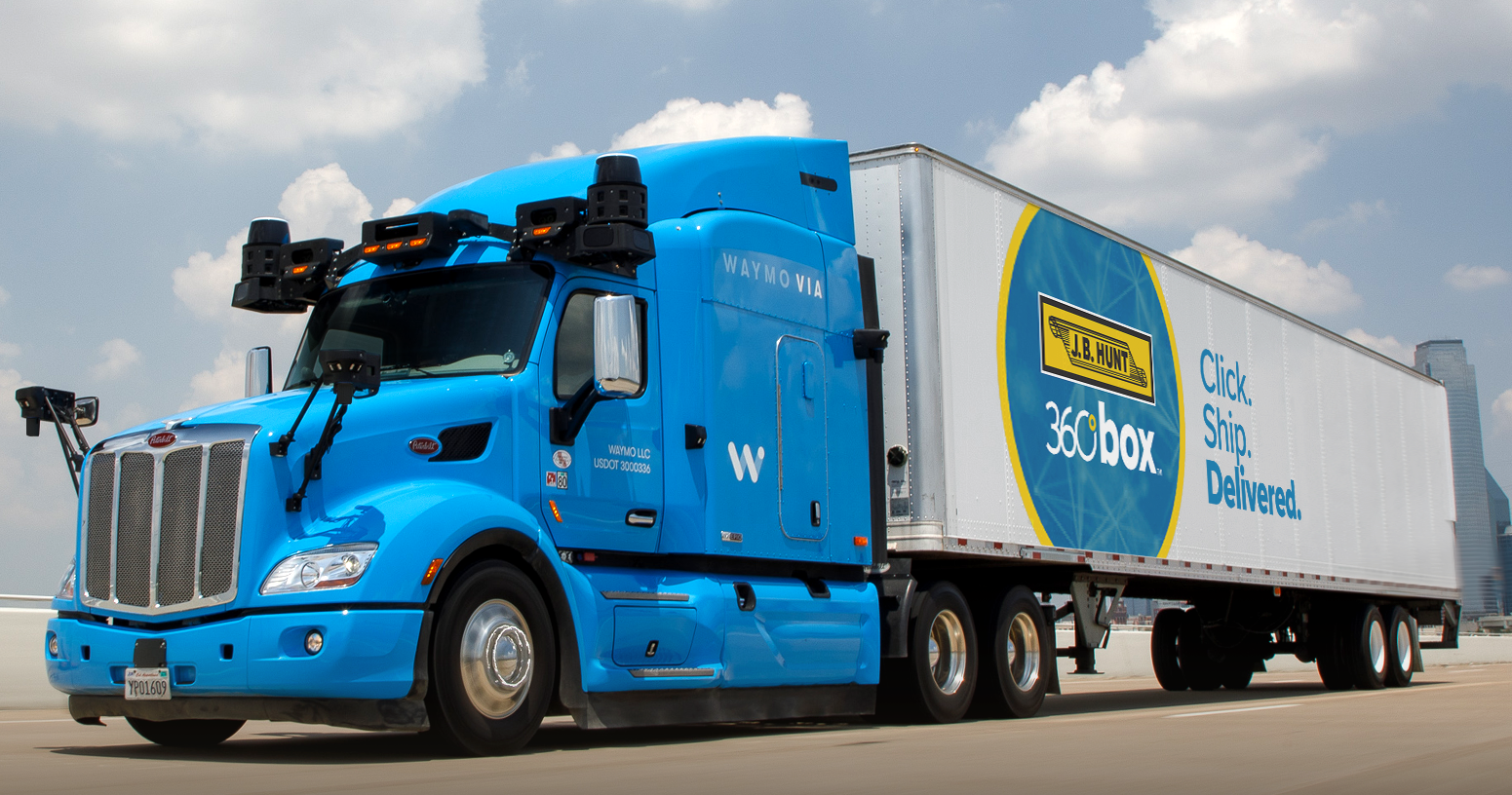Autonomous driving is still far away.
- Waymo is a relative newcomer to the world of autonomous trucks but it already has a customer in another sure sign then when it comes to autonomous driving, trucks will come first.
- Following a successful trial, Waymo has formed a strategic partnership with J.B. Hunt which will be its first customer to go live with a commercial autonomous trucking fleet.
- The language of the press statement reveals just how much uncertainty remains in the autonomous world as the timeline for launch has been given as “the next few years”.
- In practice, this means anywhere from 2024 to 2026 which I think means that autonomous passenger cars and robotaxis will be even later to launch.
- I have long argued that the key to autonomous driving of any kind is perception as the programming of the correct action to take is much easier to get right.
- If one looks at all of the highly publicised Tesla autopilot crashes and the mistakes made by others, it is almost always as a result of the machine misinterpreting its environment.
- This means that machine vision is the key bottleneck that prevents vehicles from driving themselves both in terms of ability and cost to deploy.
- Mobileye reckons that it can get the cost down to $10,000 to deploy level 4 autonomy in consumer vehicles which is beginning to be in the right ballpark, but how it will get there is unclear.
- The far more difficult problem to solve is the brain of machine vision where everyone is relying on deep learning systems for perception of the environment.
- RFM research has long established that deep learning systems excel at tasks where the dataset that defines them is both finite and stable.
- Driving a car around a parking lot would be a good example of this as this can be programmed quite easily in a very short period of time.
- This is why I was pretty unimpressed with the CES demonstration of autonomous vehicles racing around an oval at very high speed.
- The open road is another matter entirely and here the data set is neither finite nor stable as the permutations of events are endless and the environment is constantly changing.
- This is why I think that cities like Cairo, Mumbai and Beirut will be the last to go autonomous given the complex and chaotic nature of their roads.
- However, a highway in the USA is fairly stable and finite when compared to open roads or urban environments and this means that it is an easier problem to solve.
- Furthermore, given the ongoing shortage of truck drivers, which has become more acute during the pandemic, there is strong demand for a solution that can plug the gap.
- This combination of being the easiest to solve and market demand underpins my view that autonomous trucking is almost certain to go first.
- Even a simple solution such as the driver leaving the vehicle at the highway entrance and another driver picking it up when it leaves the highway would go a long way towards alleviating the shortage and improving the quality of life for truck drivers.
- There are already a number of players in this field and as passenger vehicles get pushed out, more and more players may turn their attention to this market in order to keep themselves afloat while they wait for their core market.
- Hence, I suspect that it is going to get very crowded very quickly as I think the barriers to entry are lower for trucking than they are for passenger vehicles given that is an easier problem to solve.
- There are obviously adjustments that have to be made but Waymo is demonstrating that this can be done in a relatively short period of time.
- The EV / autonomous space remains crowded but the massive valuation correction at the smaller end of the market is starting to look like an opportunity as everything is getting hit regardless of its quality.
- Stock picking and bottom fishing are going to be core skills when it comes to investing in this sector in 2022.









